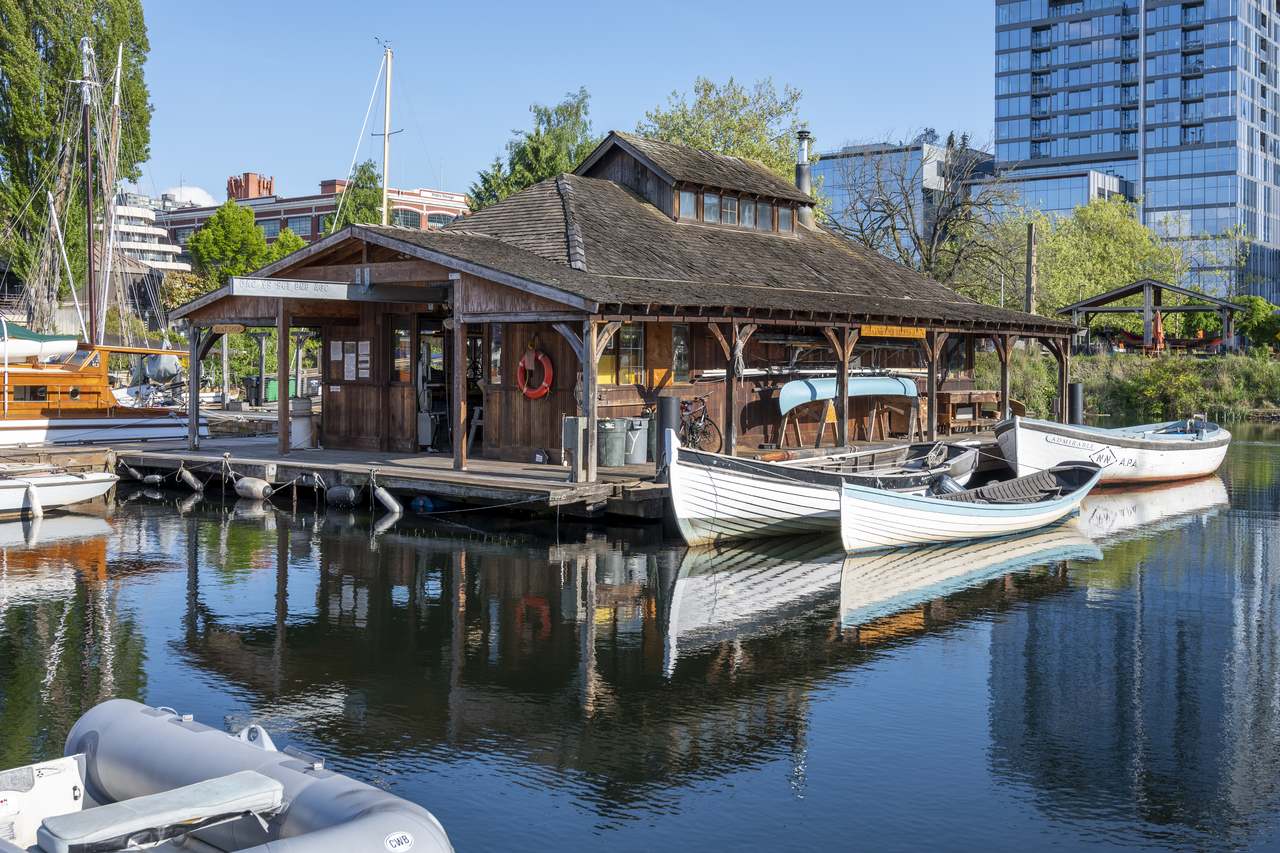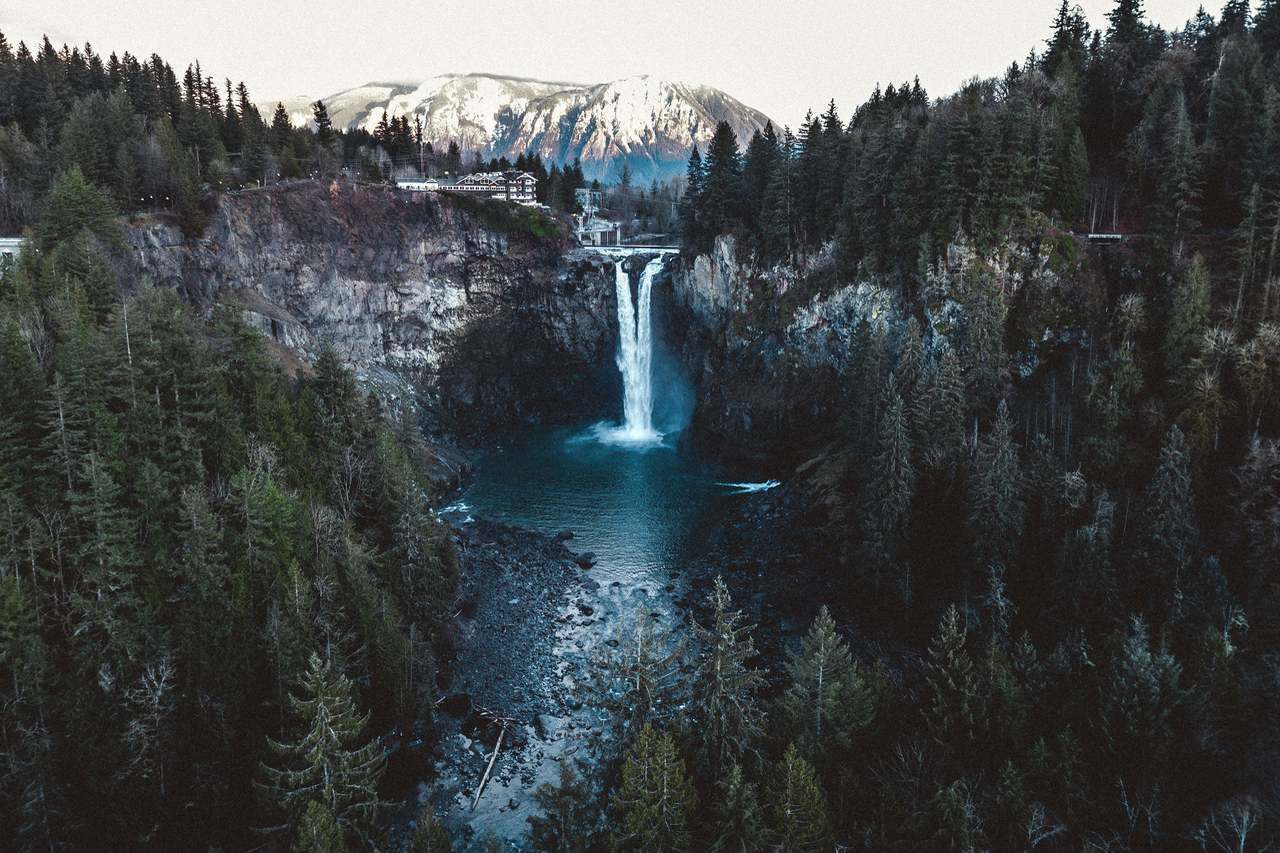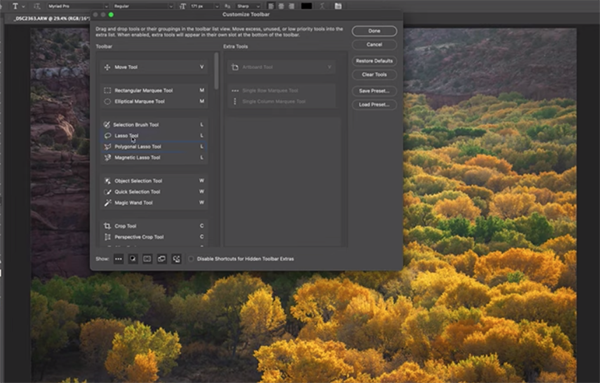Seattle, US, through the lens of Indigenous Peoples
Seattle lies on the North West coast of the US as the largest city in the State of Washington. It is 100 miles south of the Canadian border and north of San Francisco. It’s vibrant, innovative and has a history worthy of investigating being named after a Native American chief.
A History Revival Through Tradition & Design
Seattle tells a story about its people and traditions which decorate its history. The city was named after Chief Si’ahl, (Chief Seattle 1780-1866), a young warrior known for his courage, and daring leadership. He was the leader of the Duwamish and Suquamish peoples and continued friendly relations with the white settlers. The Duwamish Tribe was Seattle’s First People and only native tribe. A visit to the tribal headquarters of Duwamish Longhouse and Cultural Center offers an insight into the tribe’s culture and ceremonial place.
Throughout Seattle and Washington State, there are signs of a revival of Native American culture, a new wave of Native voices claiming back their own stories and those of their ancestors, their traditions and skills. One example is Seattle-based art and lifestyle brand, Eight Generation, founded in 2008, The Snoqualmie Tribe owns it, the first native-owned company to produce native-designed wool blankets in Washington State. The Inspired Natives Project, emphasises, “Inspired Natives, not Native-inspired” approach to establishing the authenticity of its 100% Native-designed products. The store is conveniently next to Pike Place with walls exhibiting the current blanket designs.
The Historic Farmers’ Market

Pike Place Farmer’s Market
Pike Place Market dates back to 1907, the oldest continuously operated public farmers’ markets in the U.S. It overlooks the Elliott Bay waterfront on Puget Sound, and serves as a place of business for many small farmers, antique dealers, comic book and collectable shops and Native American arts.
There is a sense of community and camaraderie, awash with locals buying local produce and visitors taking in the atmosphere. You can take a four-hour walking and history tour with bites and sips along the way for a flavour of the “market to table” concept. Then enjoy the interactive cooking experience at the Atrium Kitchen to taste the unique Native American inspired dishes such as Salmon on Cedar Plank with Huckleberry Honey Glaze and Amaranth with Roasted Squash and Hazelnut Gremolata. During the tour expect to see Daily Dozen for scrumptious donuts, Bonnie B’s relishes & pickles and Art by Harmony, and a Tlingit self-taught artist inspired by her tribal culture. And if you want a piece of the action, try catching a slimy silvery slab of salmon (sustainably sourced) over the countertop – fish flying is a tradition among the fishmongers here.
Indigenous Canoes In Hollywood
Red cedar wood canoes were a way of transporting and trading for the native Americans and this traditional style canoe inspired the canoe style used in the 2024 Boys in the Boat movie which followed the University of Washington rowing team, and their quest to compete in the 1936 Summer Olympics.

RJ Center for Wooden Boats
The Conibear Shell House today contains memorabilia from the Boys in the Boat era. The Centre of Wooden Boats is dedicated to preserving and documenting the maritime history of the Pacific Northwest. There is often a demonstration of carving a canoe and explaining the importance of this skill used by the indigenous people, often taking up to three years to complete. In 2025, the United Indians of All Tribes Foundation (UIATF) is building a Canoe Carving Center in Lake Union Park.
You can experience travelling on the water with the range of kayak tours offered in West Seattle on the Duwamish River with Alki Kayak Tours who are committed to the conservation and preservation of Puget Sound as an ecosystem, especially for the spawning salmon. Enjoy views of Mt Rainer in the distance and friendly wildlife closer in while experiencing the urban/natural waterways.
Salmon On The Menu
Ivar’s Salmon House on the river front is a cedar replica of a Northwest Native American Longhouse and with an open-pit Native American style BBQ for preparing alder-smoked dishes. Canoes hang from the ceiling; historical photographs illustrate the original history of the Native Americans with a 6.8m tall totem pole outside and a whale’s mouth as the entrance. The menu offers a wide range of dishes but the best seller is Cedar Plank Wild Alaska Sockeye Salmon with brown sugar-spice rub, macerated berries, cornbread pudding, and seasonal vegetables. There’s also a trio of salmon dishes including King, Sockeye and Coho.
Snoqualmie Falls

Snoqualmie Falls
East of the city is the thunder of the 268 ft Snoqualmie Falls (taller than Niagara) and a key tourist attraction. This is a sacred site for the Snoqualmie Tribe which they believe is the birthplace of their people and work to preserve the land “for all people, for all time”.
There are viewing platforms, hiking trails and a visitor centre that narrates the Snoqualmie Tribe’s Ancestral Lands Movement. Enjoying a prime position perched at the top is the Salish Lodge & Spa, originally built in 1916 as a rest stop for travellers. Today it offers 86 guestrooms, two restaurants and a spa within a spectacular landscape. Some may spot the setting featured in the Twin Peaks TV series.
In the location is Tulalip Resort and Casino owned and operated by the Tulalip Tribes of Washington, in Ceda Village. located on the Tulalip Reservation, a 45-minute drive from Seattle. The resort offers 370 spacious, stylish rooms and suites, a casino, seven restaurants and a spa.
The Tula Bene Pastaria + Chophouse is a classic-inspired Italian and steak restaurant. The hotel’s décor reflects its Native American heritage with interesting art pieces around the resort. The Tulalip Tribe is a federally recognised Indian tribe in the mid-Puget Sound area and rich with natural resources. Nearby is the Hibulb Cultural Center set within a 50-acre natural history preserve. This learning cultural centre features a longhouse, exhibition, research library and classrooms and is the first Tribal facility certified by the state of Washington.
What To Experience in Seattle
Born and raised in Tacoma Washington State, the glass artist Dale Chihuly’s work was inspired by the art of Indigenous Tribes of the Pacific North West and the waters of Puget Sound, the estuarine system of interconnecting marine waterways and basins. Stroll through the urban Chihuly Garden and Glass site, a colourful tapestry of trees, plants, and flowers purposefully designed to complement the artwork which changes with the seasons.
Buy a ticket and enjoy the electric atmosphere while watching the local hockey team, Seattle Kraken, at the Climate Pledge Arena. The team wears the emblem of the Muckleshoot Tribe, the first Native American Tribe to sponsor the National Hockey League.
From up high is the Space Needle, an elevated experience and an architectural icon with the world’s first revolving glass floor. From 520 ft the Observation Deck provides a 360° view of the city, the Cascade Mountains in the east and the Olympic mountain range to the west. It was designed to symbolize humanity’s aspirations during the Space Age, built in 1961.
The Museum of Pop (MoPOP) is housed in a futuristic looking building, designed by architect Frank O. Gehry, presents exhibits such as the art of fantasy, horror cinema, video games and science fiction. And for local fame, check out the dedicated displays, personal instruments and original photographs of Seattle musician Jimi Hendrix and the band Nirvana.
Fancy a coffee? Join the queue for the oldest existing Starbucks with its original logo in Pike Place or visit one of the six Starbucks Reserve Roastery & Tasting Rooms worldwide for a coffee straight from cask to cup with tours which follow the coffee bean. Here rare and small-lot coffees are roasted and packaged before being shipped. Seattle is regarded as a world centre for coffee roasting and coffee supply chain management.
To sample award winning wines, just 40 mins from Seattle is the Woodinville Warehouse Wineries, the heartbeat of this wine country. It’s an enclave of over 25+ boutique wineries offering a range of varietals and winemaking styles where the distinctive notes of Cabernet Sauvignons, Chardonnays and robust Syrahs can be savoured while listening to stories of the grape to glass journey from the winemakers themselves.
Fact File
STAY: The Hyatt at Olive 8 is a chic and modern boutique, eco-friendly luxury lifestyle hotel in downtown Seattle with views of its skyline, just a few blocks from Pike Place Market and Puget Sound. Sophisticated and stylish, it has an indoor pool and a fitness centre and yoga studio.
FLY: Delta operates daily direct flights to Seattle-Tacoma International Airport from London Heathrow. The airline offers various cabin categories and free Wi-Fi.
Book an airport lounge through Holiday Extras for entry to the No1 Lounge at Heathrow Terminal 3. For more information and to book, HolidayExtras.com
More info: VisitSeattle
- You might also like Travel Guide to Missouri, USA
The post Seattle, US, through the lens of Indigenous Peoples appeared first on The Travel Magazine.



















